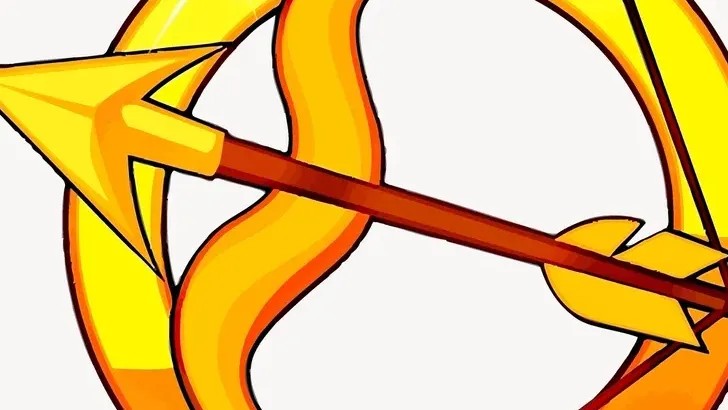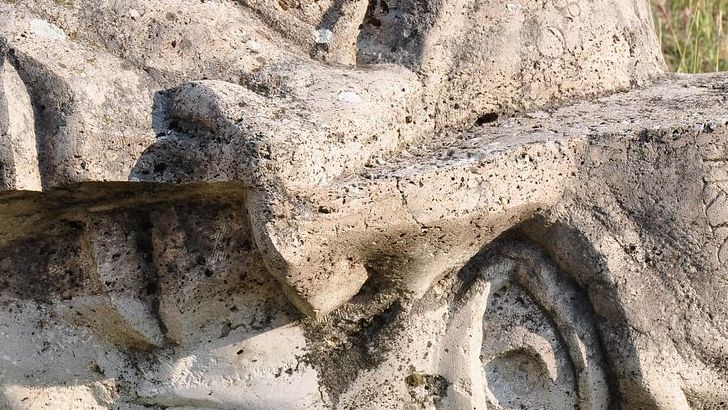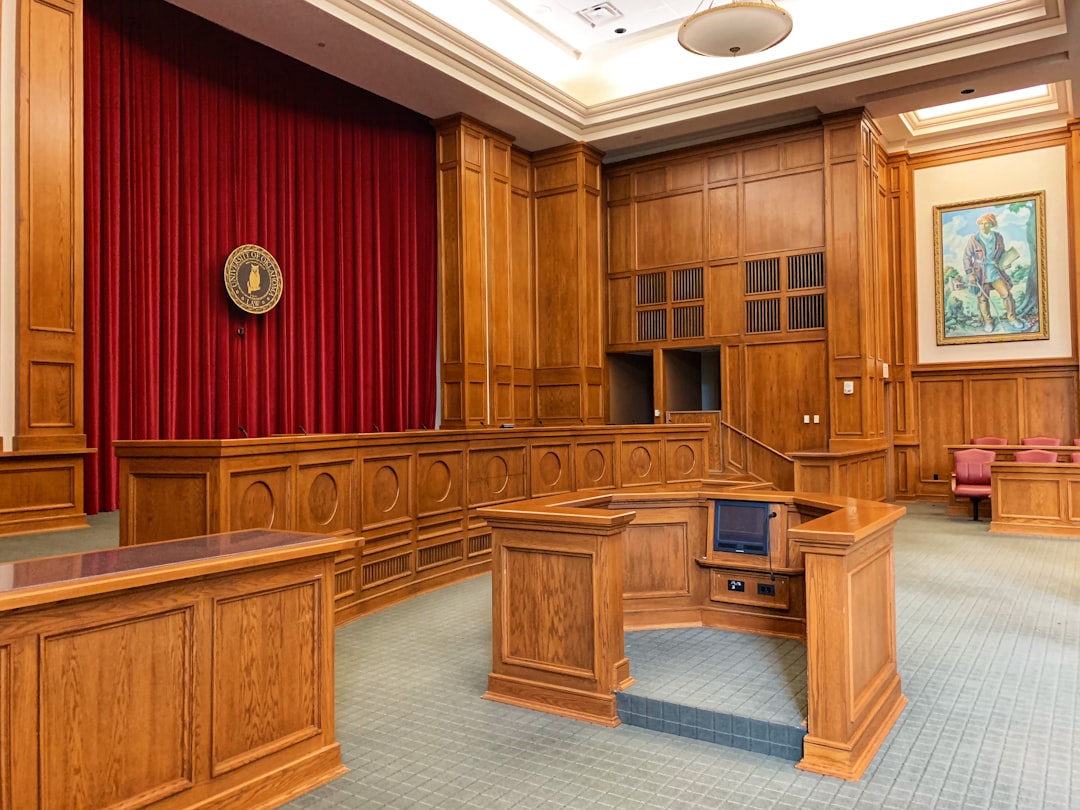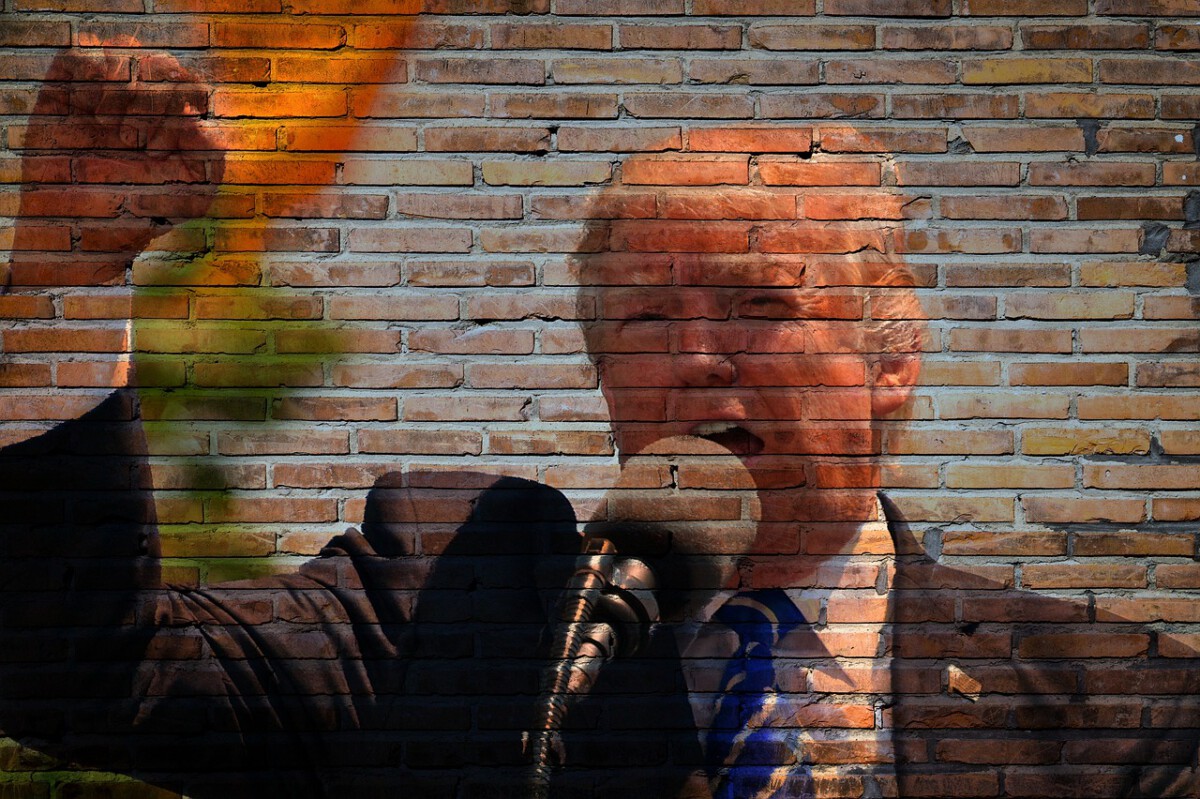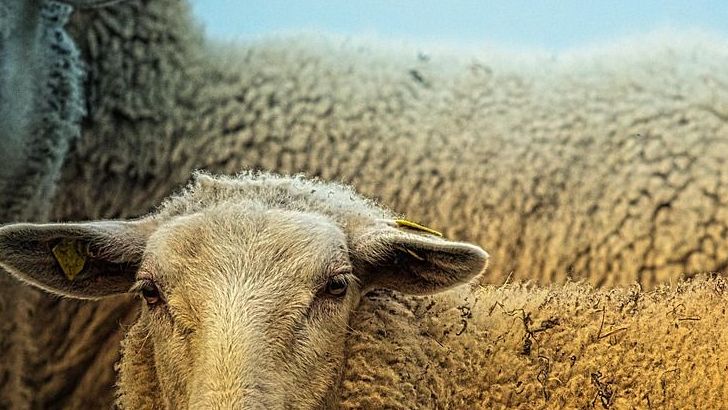The Scottish Manager with Big Dreams

When James Anderson stepped onto Mount Vernon’s grounds in January 1797, he saw money sitting idle. Anderson held that post for three years and then for the next nineteen owned his own farm, mills, and distillery, and he knew a thing or two about distilleries, having run one on his own farm back in Scotland. The Scottish farm manager watched Washington’s abundant grain harvests and the powerful gristmill, then made a bold pitch that would change American whiskey history forever. Anderson began duties at Mount Vernon on January 1, 1797, and he immediately thought the plantation–with the abundance of grain grown–would be a superb spot for a distillery. Washington was 65 and looking forward to peaceful retirement, but Anderson’s expertise and persistence won the day. With Washington’s consent, Anderson began distilling that February.
From Zero to Hero in Three Years
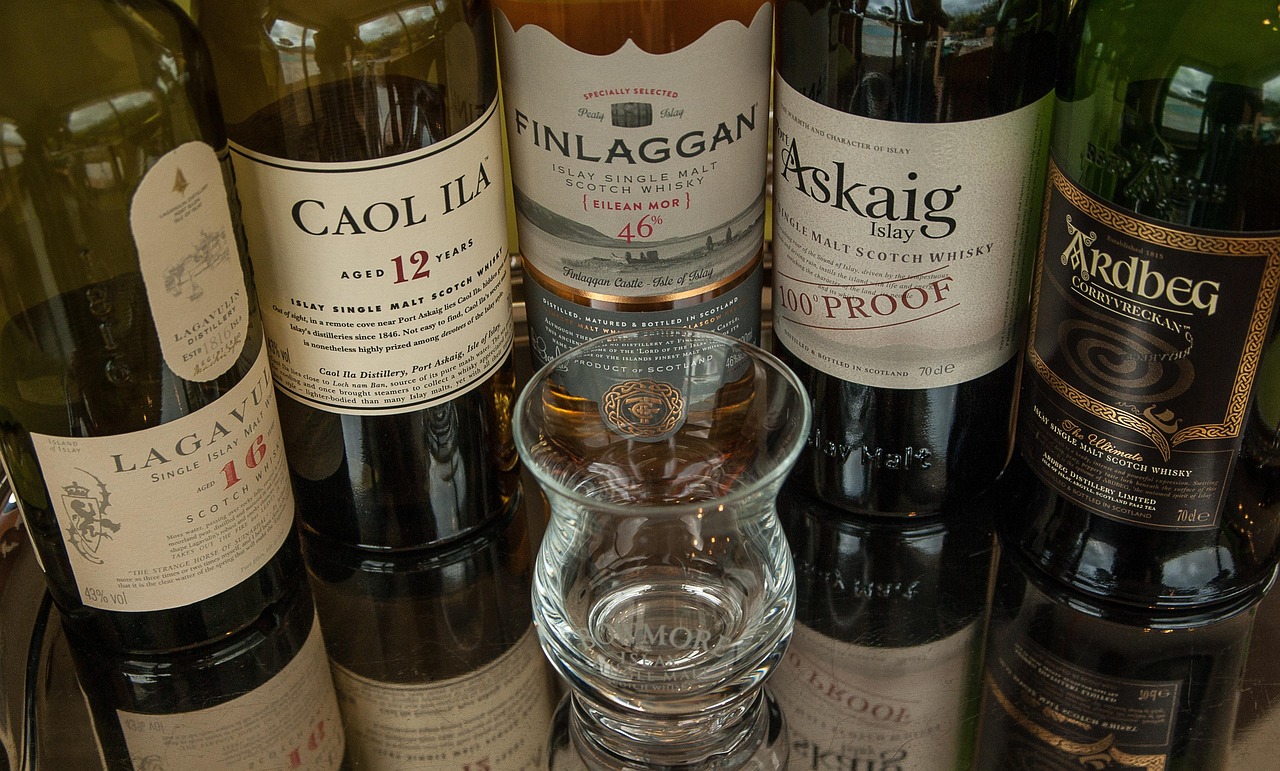
What happened next shocked everyone, including Washington himself. In 1797, urged on by his farm manager, James Anderson, Washington ramped up production and it produced 600 gallons. But Anderson wasn’t thinking small – he was planning an empire. That winter, Anderson began distilling in the estate’s cooperage, using just two stills (pots used for distillation). The first distilling was so successful that Washington approved plans for construction of a full-fledged distillery, complete with five stills. In 1799, the year Washington died, the distillery produced nearly 11,000 gallons, making it the largest whiskey distillery in America at that time. Think about that jump – from 600 gallons to 11,000 gallons in just two years!
The Size That Intimidated Competitors
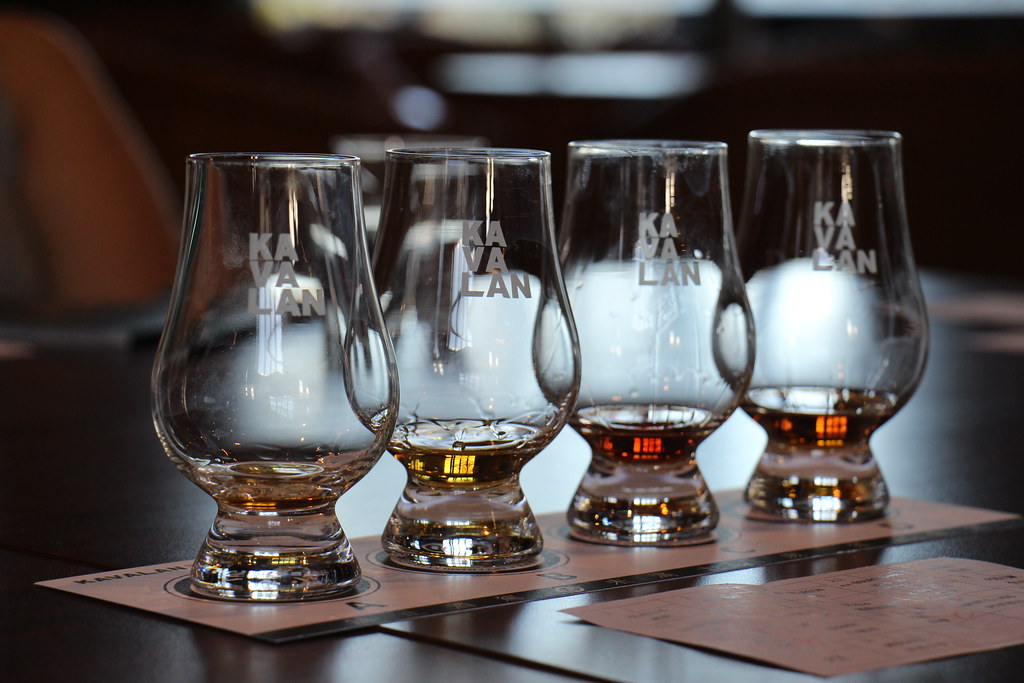
Washington didn’t mess around when it came to building his whiskey kingdom. At its time, Washington’s Distillery was one of the largest whiskey distilleries in the country. It measured 75 x 30 feet (2,250 square feet) while the average distillery was about 20 x 40 feet (800 square feet). Operating with five copper pot stills and working in a space more than 2x the size of the average distillery at the time, George Washington’s Distillery produced around 11,000 gallons of whiskey—that’s almost 17x the output from the average distillery back in 1799. Washington’s Distillery operated five copper pot stills for 12 months a year. The average distillery used one or two stills and distilled for one month. While his neighbors played weekend warrior with their tiny operations, Washington was running a year-round whiskey factory.
The Money Machine That Actually Worked
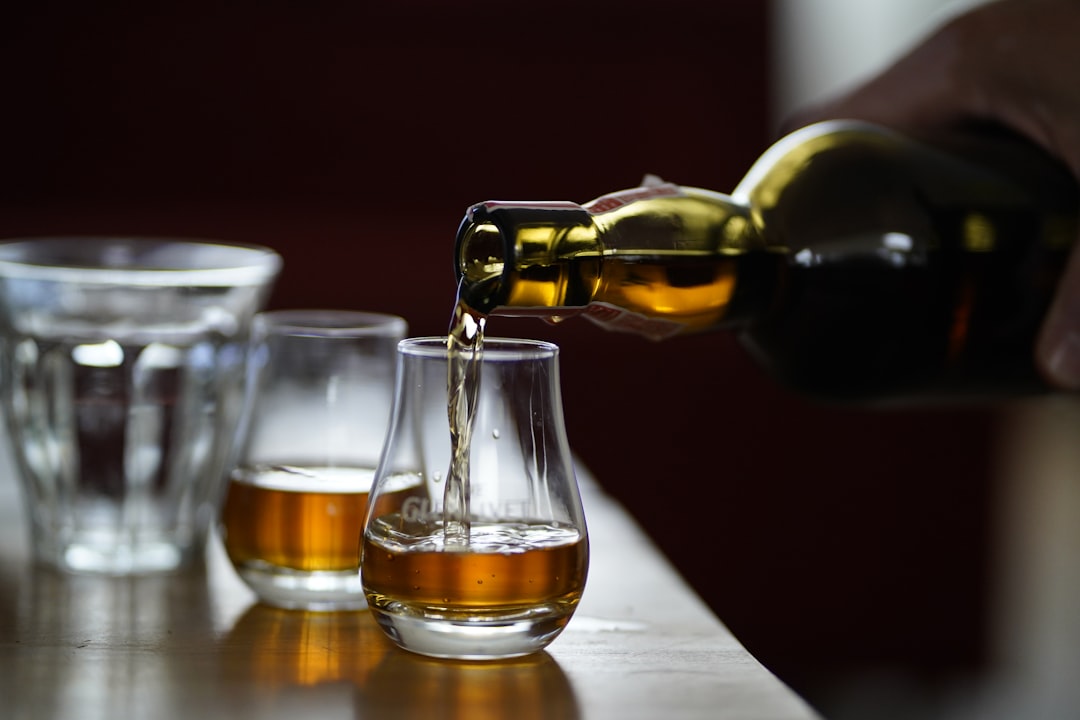
Let’s talk numbers that’ll make your head spin. At peak production, the distillery utilized five stills and a boiler and produced 11,000 gallons of whiskey, yielding Washington a profit of $7,500 in 1799. This made the distillery one of the most successful economic components of Mount Vernon. In 1799, Washington’s Distillery produced almost 11,000 gallons of whiskey, valued at $7,500 (approximately $120,000 today). The average Virginia distillery produced about 650 gallons of whiskey per year, which was valued at about $460. That’s not just beating the competition – that’s obliterating them. Washington was making more than 16 times what his average competitor earned annually.
Premium Pricing for Premium Product
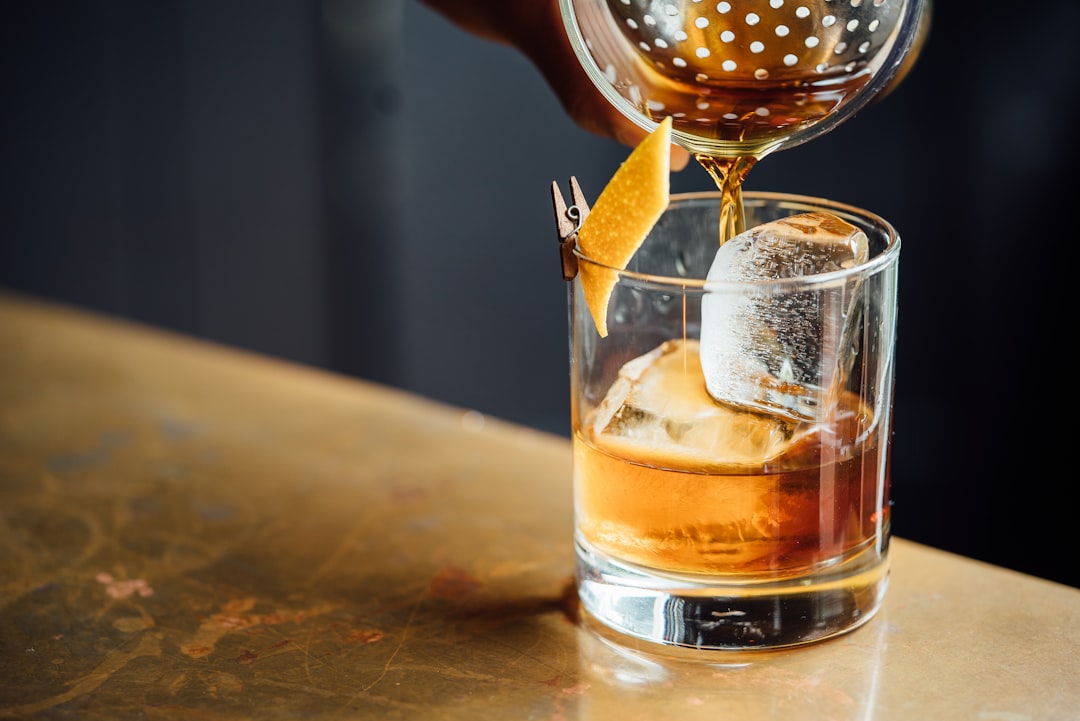
Washington wasn’t running a bargain basement operation. The common whiskey cost about 50 cents per gallon. The rectified and fourth distilled whiskey was about $1.00 a gallon, and brandy was a little more. He understood market segmentation before business schools even existed. This rye was distilled twice and sold as common whiskey. Smaller amounts were distilled up to four times, making them more expensive. In 1799—the year of Washington’s death—over eighty transactions are noted for a total sale of 10,942 gallons of whiskey, valued at $7,674. The man had over 80 different customers in a single year – that’s serious business reach.
The Secret Recipe Everyone Wanted
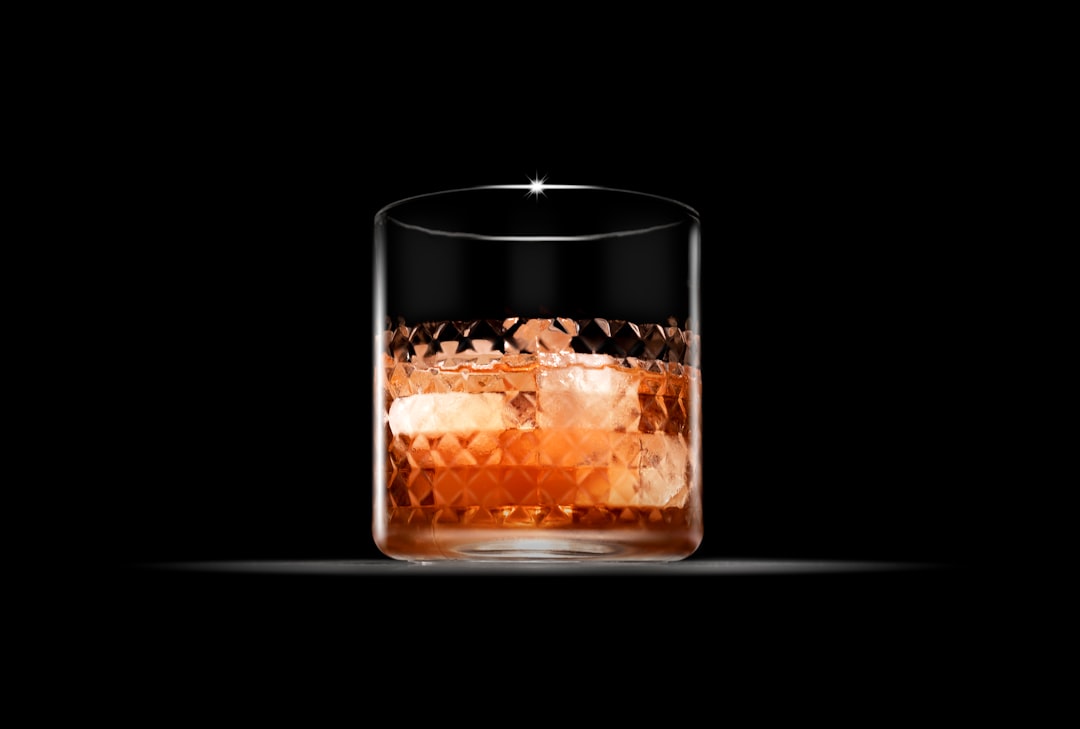
Washington’s whiskey wasn’t just any rotgut liquor flooding the market. The mash bill, or recipe, was discovered by researchers examining the distillery ledgers for 1798 and 1799. His whiskey consisted of 60% rye, 35% corn and 5% malted barley. Washington, to help foster healthy soil, planted a lot of rye as a cover crop. Rye wasn’t high on the list of delicious, edible grains, but Anderson didn’t think it should go to waste—instead, he wanted to turn it into whiskey. The un-aged spirit calls for a mash of rye, corn and malted barley. After distilling the mash two times it is ready to go. This wasn’t aged whiskey like we know today – according to historians, the saying goes that Washington’s whiskey was aged from the time it took to get from Mount Vernon to Alexandria for sale, all of a distance of eight miles.
The Human Cost of Liquid Gold

Behind Washington’s whiskey empire was backbreaking human labor that history often glosses over. As the work and the output of the distillery rapidly increased, Anderson’s son, John, managed the production with an assistant distiller and was assisted by six enslaved African-Americans named Hanson, Peter, Nat, Daniel, James, and Timothy. Enslaved distillers Hanson, Peter, Nat, Daniel, James, and Timothy performed the hot and tiring work of making whiskey from a combination of rye, wheat, corn, and malted barley. It’s important to note that the incredible volume of production at George Washington’s distillery would not have been possible without the skillful work of six enslaved men, whose names were Hanson, Peter, Nat, Daniel, James and Timothy. These weren’t unskilled laborers – they were masters of a complex chemical process that required precision and experience.
The Brilliant Business Model Beyond Booze
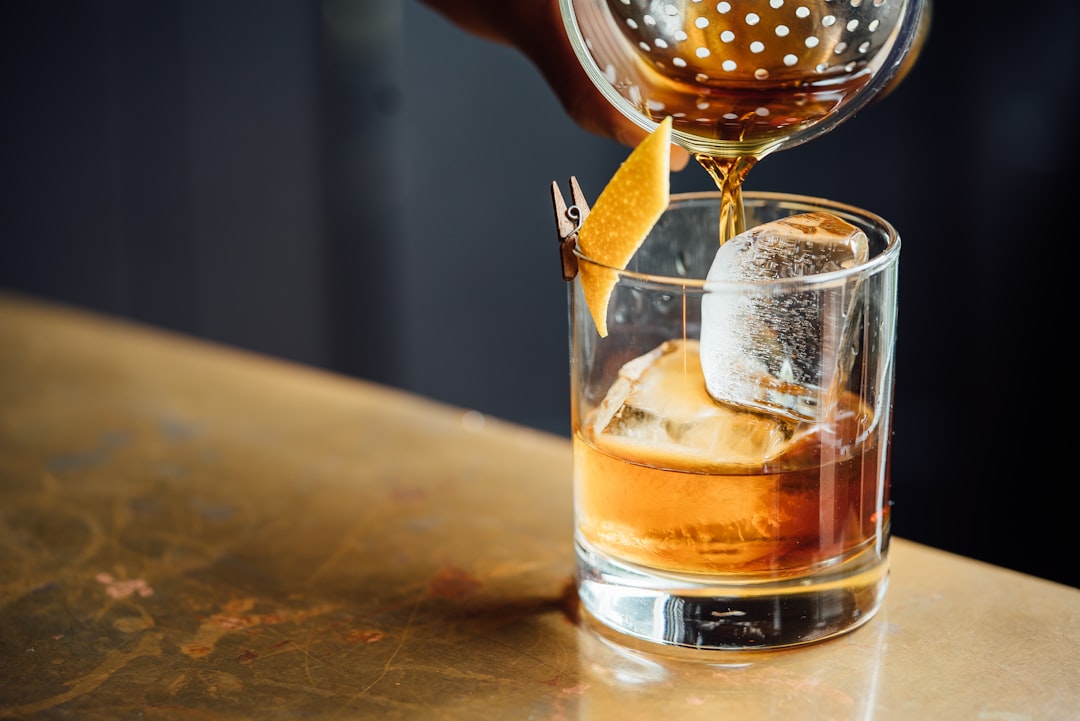
Washington didn’t just see whiskey profits – he saw an entire ecosystem of revenue streams. Washington’s interest in the distillery operation was further heightened by the acknowledgment that much of the waste (or slop) from the fermentation process could be fed to his growing number of hogs. Washington smartly created a hog pen near the distillery, which held upwards of 150 pigs. In 1798, Polish visitor Julian Niemcewicz toured the site and noted: “If this distillery produces poison for men, it offers in return the most delicate and the most succulent feed for pigs. They keep 150…of the Guinea type, short feet, hollow backs and so excessively bulky that they can hardly drag their big bellies on the ground”. The man turned whiskey waste into premium pork – that’s pure genius.
Marketing Genius or Lucky Location?
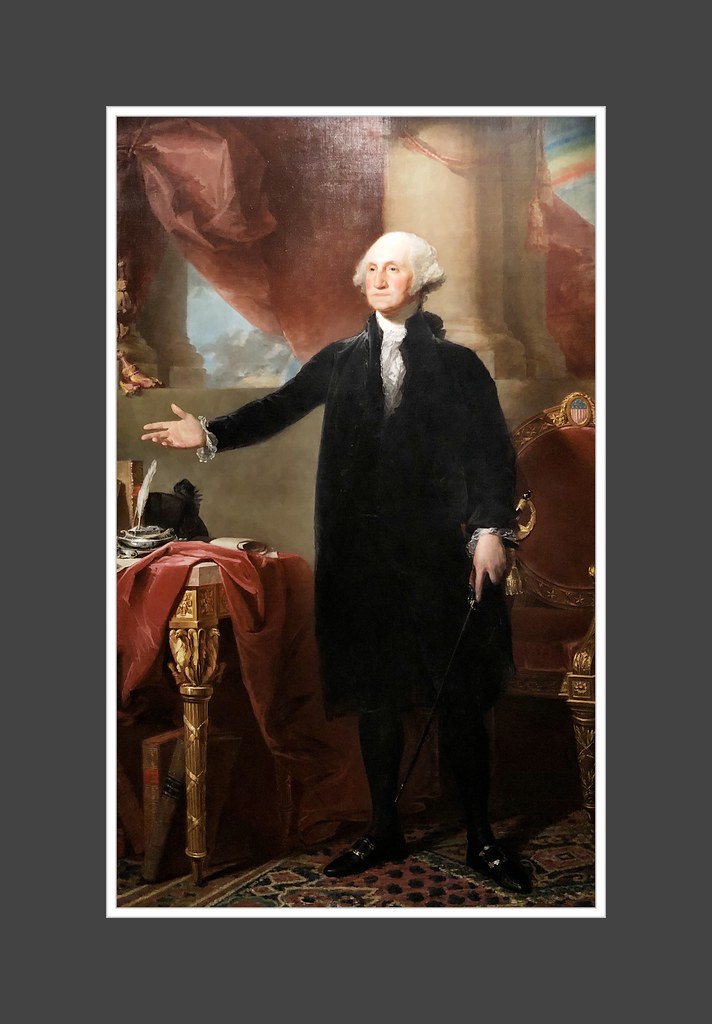
Washington’s customer base reads like a who’s who of Virginia society. Washington’s whiskey was sold to neighbors and in stores in Alexandria and Richmond. His best customer was his close friend George Gilpin. Gilpin owned a store in Alexandria where he sold the whiskey. Customers listed included neighboring farmers, merchants, family, and Mount Vernon overseers. Whiskey was also exchanged for services in the case of family physician James Craik and the farm overseers, and for goods such as corn and rye, which would then be converted into whiskey. Two hundred gallons of Whiskey will be ready this day for your call, and the sooner it is taken the better, as the demand for this article (in these parts) is brisk. Even at his death, Washington was actively managing orders and demand.
The Tax Man Cometh (But Washington Played Fair)
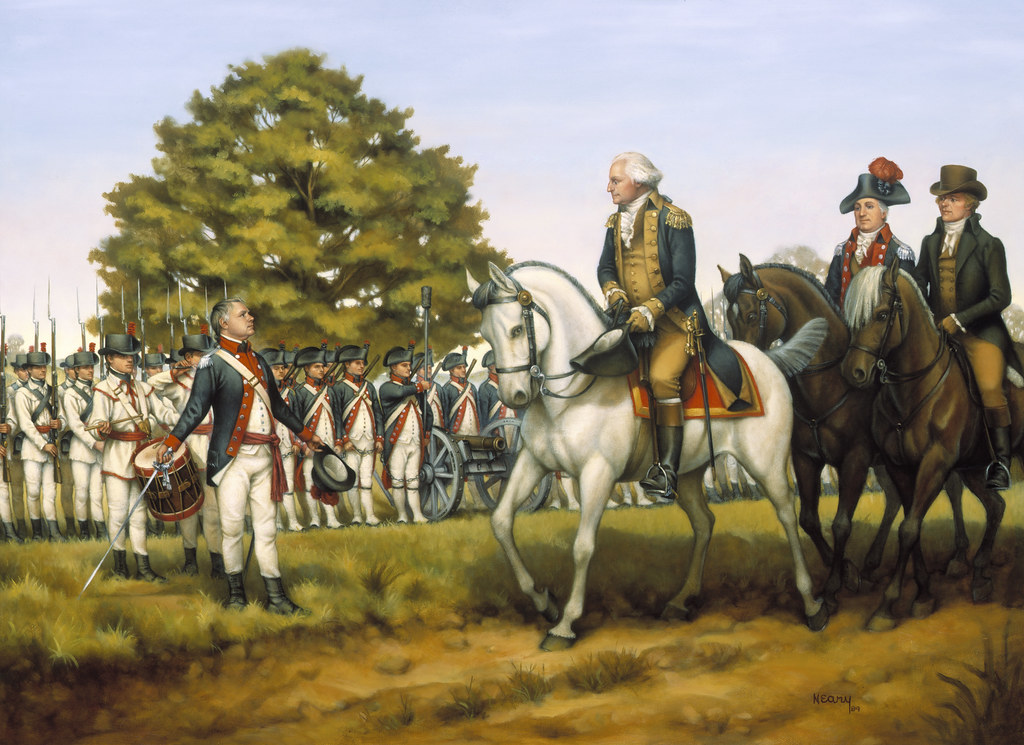
While other distillers were literally fighting the federal whiskey tax, Washington took a different approach. Washington did, in fact, pay his excise taxes on the production of these vast amounts of whiskey: the Mount Vernon farm ledger for 1799 records that Washington paid $332.64 in annual taxes on his distillery. Washington, we know, paid his taxes. He paid $300 in taxes in 1799. This is particularly remarkable when you consider that the rebellion was in response to a 1791 federal excise tax on whiskey production. The tax was extremely unpopular in western communities, where farmers contended that it imposed a disproportionate burden on their small distilleries. When western Pennsylvania erupted into violence over the tax in 1794, President Washington led an army of thirteen thousand troops to quell the uprising. The irony is rich – the same man who led troops against whiskey tax rebels was quietly paying those same taxes on his own massive operation.
When the Empire Burned
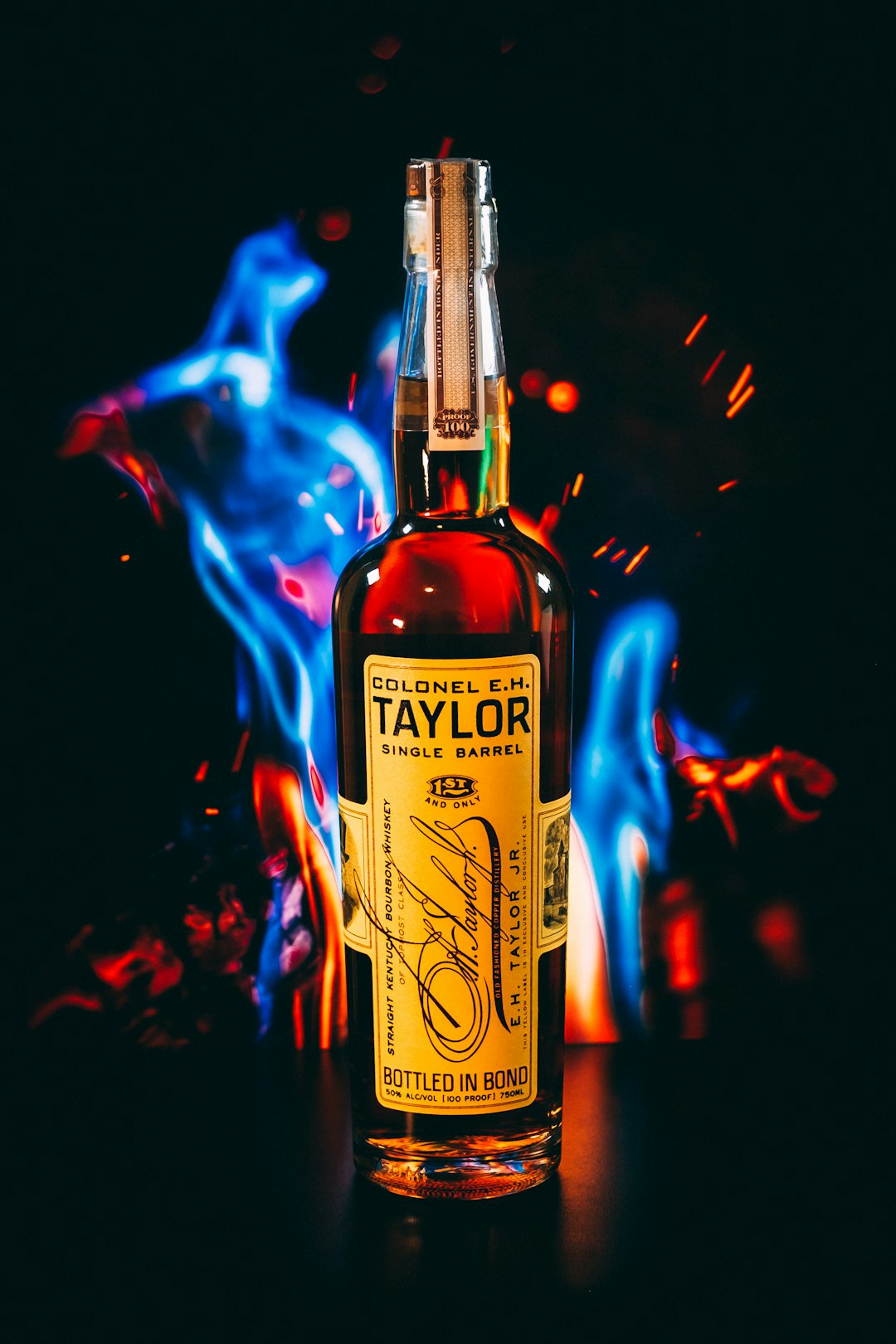
Death and fire ended Washington’s whiskey dynasty faster than anyone could imagine. When Washington died in 1799, he left the distillery to his nephew Lawrence Lewis, who lacked the shrewd business mind of Washington. Lewis wasn’t nearly as successful in the distilling business, and when a fire burned the distillery to the ground in 1814, it wasn’t rebuilt. The whiskey distillery continued to operate past George Washington’s death, until approximately 1808. Six years later in 1814, the distillery burned down. Washington’s nephew, Lawrence Lewis, inherited the distillery and gristmill and continued the business for a few more years. In 1814, a fire occurred at the distillery, and it was destroyed—never to be rebuilt. The remaining stones were taken away for use in local construction projects. Just like that, America’s whiskey kingdom vanished into smoke and ash.
The Modern Resurrection Story
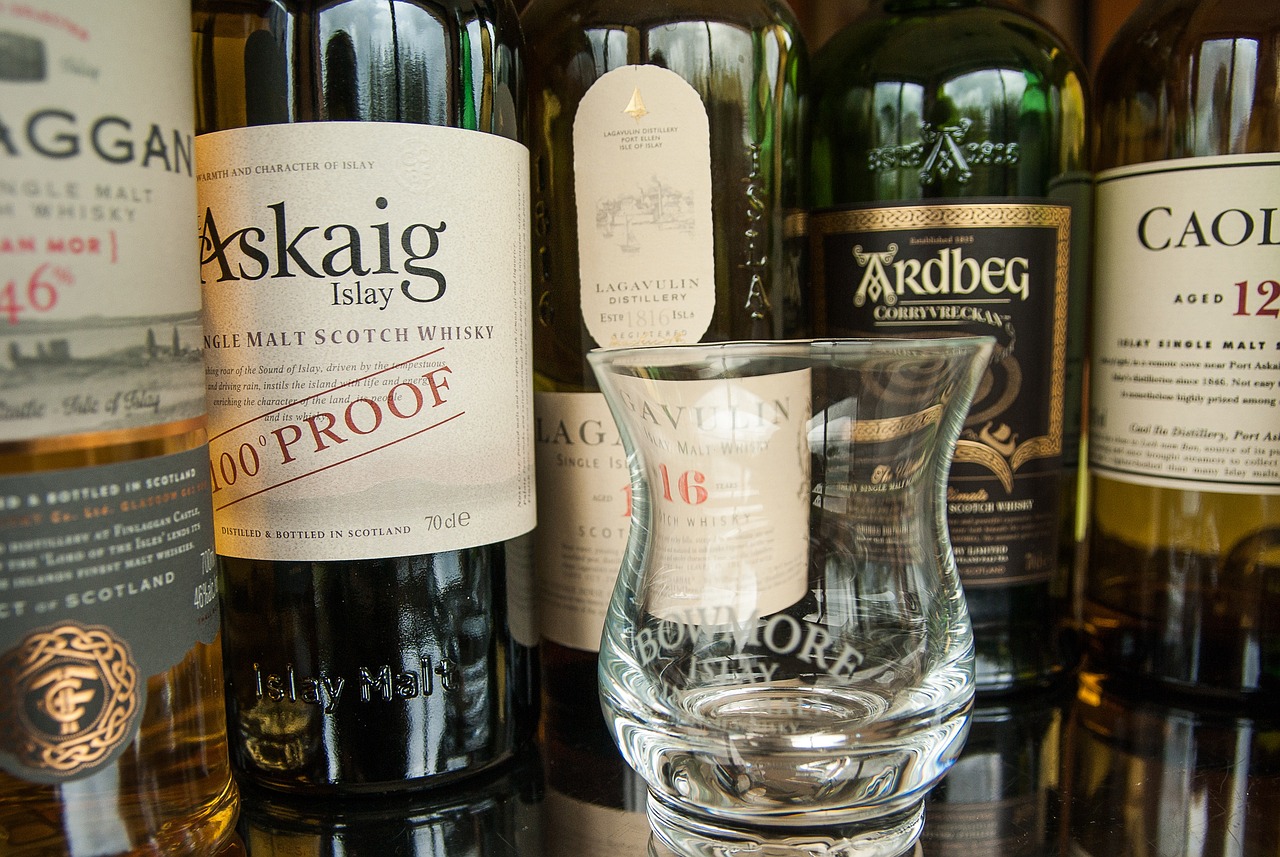
Sometimes history gets a second chance, and Washington’s whiskey story is one of those rare tales. In 1997, archaeologists surveying the area discovered the foundation of the original distillery, and set out to reconstruct the building based on its original design. After securing key funding from the Distilled Spirits Council of the United States (DISCUS) in 2001, a group of archaeologists, historians and distillers looked deeper into the distillery’s past. By 2007, the distillery was open to the public. Each year, Steve Bashore, manager of historic trades at Mount Vernon, leads a small team in distilling whiskey exactly as Anderson and others did in the original distillery. They’ve been doing distillations twice a year (once in March, another roughly around November) since 2009, and have been selling the whiskey to visitors (the first rye whiskey sold from the distillery sold out in two hours). The distillery, just three miles from Mount Vernon outside of Alexandria, Va. opened for business after the Virginia General Assembly approved sales in small amounts, selling out all 471 bottles at $85 dollars a pop.
The Legacy That Still Flows
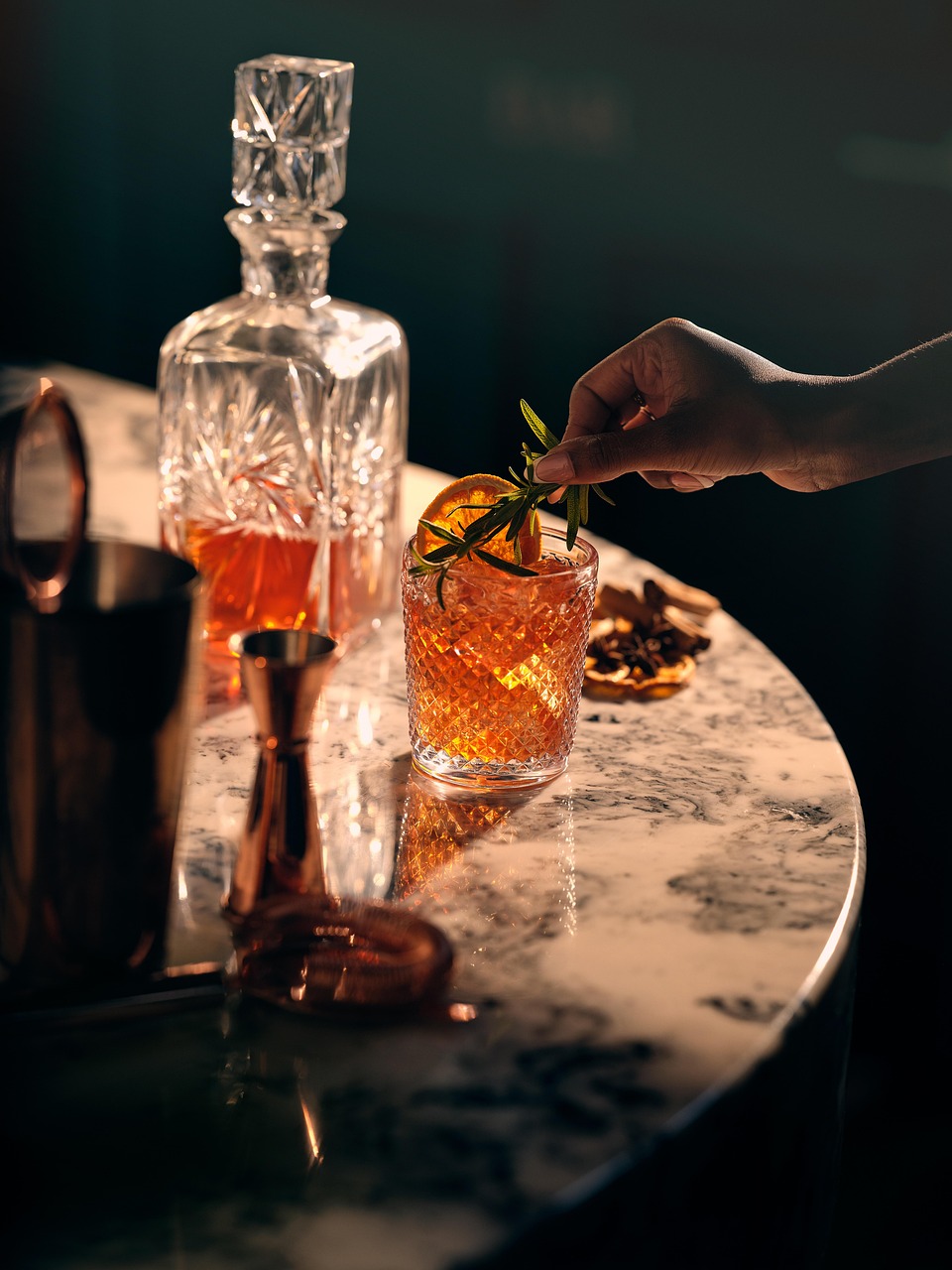
Washington’s whiskey legacy runs deeper than most people realize, reaching into the very foundations of American spirits culture. George Washington’s Rye Whiskey®, the official state spirit of the Commonwealth of Virginia, received a silver medal at the 2019 American Craft Spirits Association Awards — a top award among white (unaged) whiskies nationwide. Since 2008, when Virginia legalized spirits sales at the distillery, Mount Vernon has sold more than 23,600 bottles of whiskey and brandy and 8,000 whiskey gift sets. The numbers prove that centuries later, people still crave a taste of presidential whiskey. Think about this wild fact: distilleries were very common in early America. In the 1810 census, there were more than 3,600 distilleries operating in the state of Virginia alone. Yet among all those operations, only Washington’s story survives and thrives today. What started as a Scottish immigrant’s crazy idea became America’s most famous distillery story.
Did you expect the first president to be running the country’s biggest whiskey operation while fighting against whiskey rebels?



